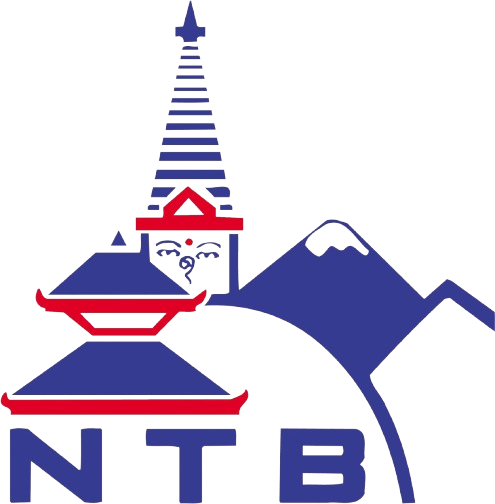Pisang Peak, standing at 6,091 meters (19,984 feet), is a prominent climbing destination in the Annapurna region of Nepal. It is part of the Manang Himal range and offers a challenging yet rewarding experience for mountaineers. The peak is named after the village of Pisang, located at its base, which is a common stop for trekkers on the Annapurna Circuit.
The climb to Pisang Peak is classified as a technical ascent, requiring good physical fitness, prior climbing experience, and proper equipment. The route typically begins from Pisang Village, ascending through rocky terrain and glaciers. Climbers often establish a high camp at around 5,400 meters before making the final push to the summit. The climb involves steep sections, ice walls, and crevasses, making it essential to have a skilled guide and proper acclimatization.
The summit of Pisang Peak offers breathtaking panoramic views of the Annapurna range, including Annapurna II, III, and IV, as well as Gangapurna and Tilicho Peak. The surrounding landscape is characterized by rugged mountains, deep valleys, and traditional Nepalese villages, providing a rich cultural and natural experience.
Pisang Peak is less crowded compared to other peaks in the region, making it an attractive option for climbers seeking a more secluded adventure. The best time to attempt the climb is during the pre-monsoon (spring) and post-monsoon (autumn) seasons when the weather is stable and visibility is clear.
In addition to the climbing challenge, the journey to Pisang Peak allows trekkers to immerse themselves in the local culture of the Manang Valley, known for its Tibetan-influenced traditions and hospitality. The combination of technical climbing, stunning scenery, and cultural richness makes Pisang Peak a memorable destination for mountaineers and adventurers alike.


 Have Questions?
Have Questions?






